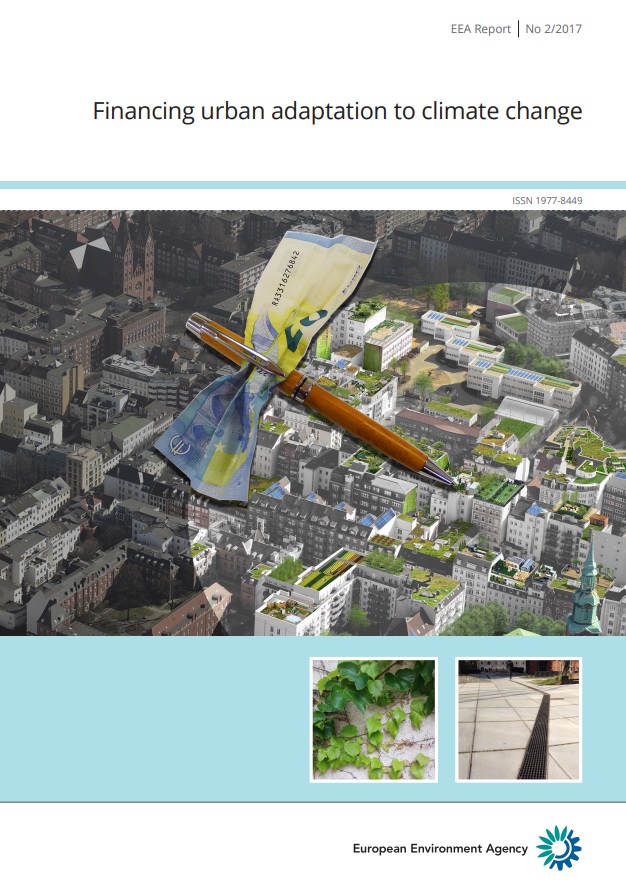Overview :
This report shows that, although cities and municipalities across Europe increasingly acknowledge the need to adapt to climate change, meeting the costs of measures for adaptation remains very often a major challenge. Nevertheless, the report presents examples of several cities and municipalities that have found innovative ways of financing adaptation and implementing measures. These range from classic funds to more innovative financing mechanisms, including crowdfunding and green bonds. These solutions could be relevant for other cities, towns and smaller municipalities, and the examples are meant as an inspiration to learn from.
KEYS MESSAGES
The 11 city case studies presented in his publication, and the lessons they provide, can inspire other cities and smaller municipalities to reproduce these measures.
There are a variety of financing options, ranging from governmental ources, banks and private investors, including both grants and loans, to mainstreaming measures into the exsting budgets of other sectors. Funding sums can range from thousands to millions of euros. Some projects might require only one financing source, while others combine differents sources.
To advance adaptation measures in municipalities, it is important o develop the capacity to find these ources, apply for funding and negociate the various financing streams – often in parallel. These steps require human ressources and expertise, which for smaller municipalities with fewer staff are often unavailable. They might require regional-, national- or European-level support, or support from foundations and networks, to build these capacities; some institutions, including the European Investment Bank, have established technical assistance programmes.
Obtaining loans poses even greater challlenges, as projects – unless they are grant funded – need to be « bankable ». The applicants need to demonstrate that their projects are technically anf financially viable and have the potential for financial return, and that the managing organisation has an appropriate level of competence. However, not all adaptation measures generate a direct financial return, particularly in the short term horizon of most investors.
Cities, towns and smaller municipalties have various adaptation options and approaches to hand. They can cope with the damage caused by extreme events, incrementally improve existing and well-known protection measures or transform the way the city is built and organised. ALl of these can be meaningful ways to achieve climate resilience. To choose the most (cost-) effective solution, it is crucial to first make an economic analysis of the various options, from the braod perspective of integrated sustainable develoment of the municipality as a whole, before lookin for funds for specific measures. Such an approach might reduce the amount of funding needed for adaptation measures.
Financing tranfomational adaptation measures, measures that chnge the way a city is built and organised, can be easy or difficult to implement. Measures often fall under the responsibility of other sectors, including water management, transport, nature conservation/protection and health. If silo thinking — an unwillingness to collaborate across sectors — is prevalent, attempting to integrate additional adaptation requirements can face resistance. However, taking the
comprehensive perspective of integrated and long-term urban development, and considering the municipality as a whole, can result in lower overall costs and many additional benefits.
Demonstrating these multiple benefits beyond the primary adaptation benefits (e.g. green urban areas reduce stormwater burden and reduce temperatures, but also provide space for nature and recreation) increases the chances of obtaining funding. These additional benefits often materialise immediately.
Some ‘seed money’ from a municipal government or other funding bodies can leverage adaptation measures by mobilising much higher contributions from other public or private stakeholders. This can come in the form of both investment and in-kind contributions, which, for example, might include staff dedicated or space offered to the measure.
Finally, one needs to consider that the successful implementation of measures needs more than financial resources. It also requires sufficient awareness and support by decision-makers in the public and private sectors, citizens and other stakeholders.



